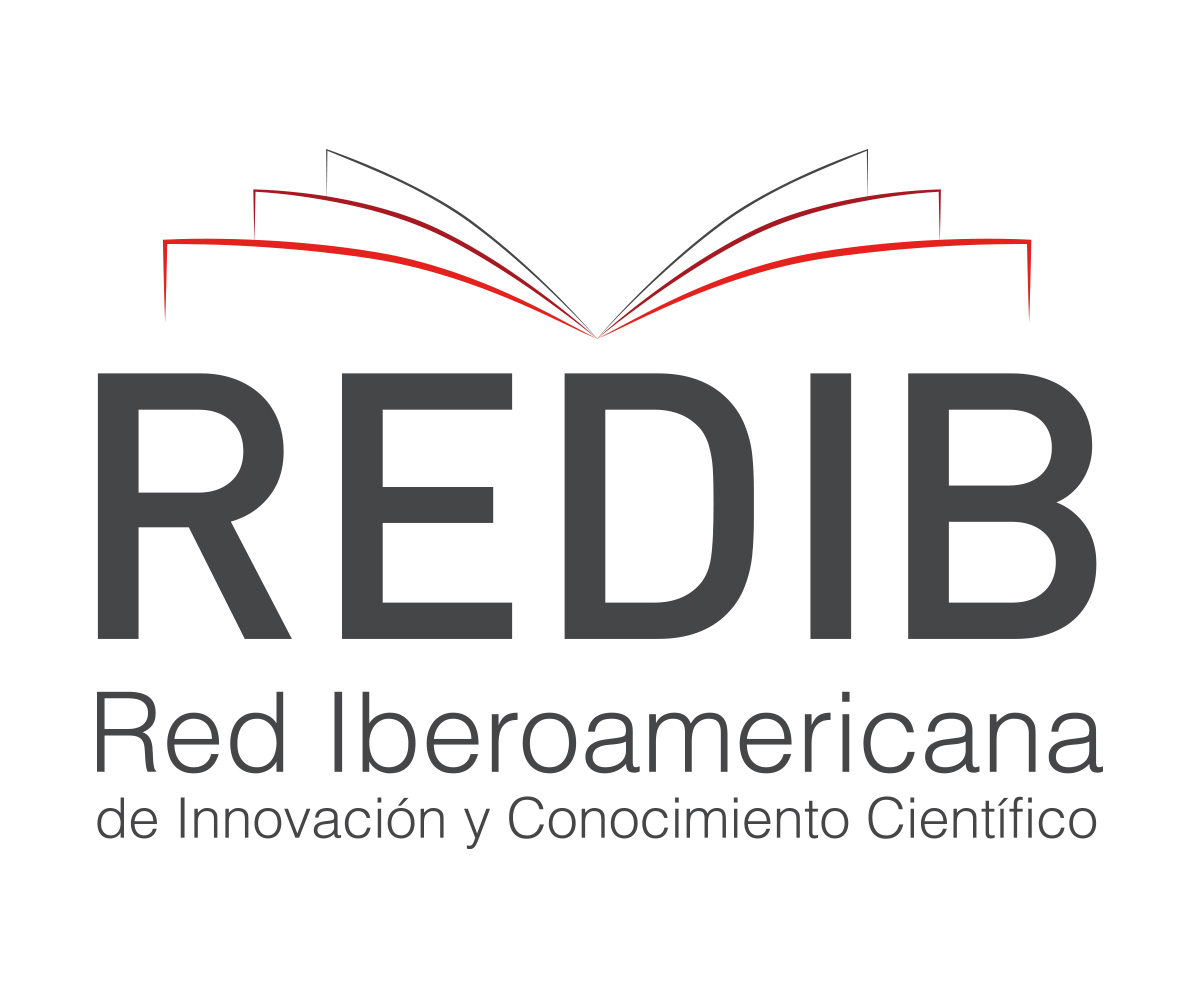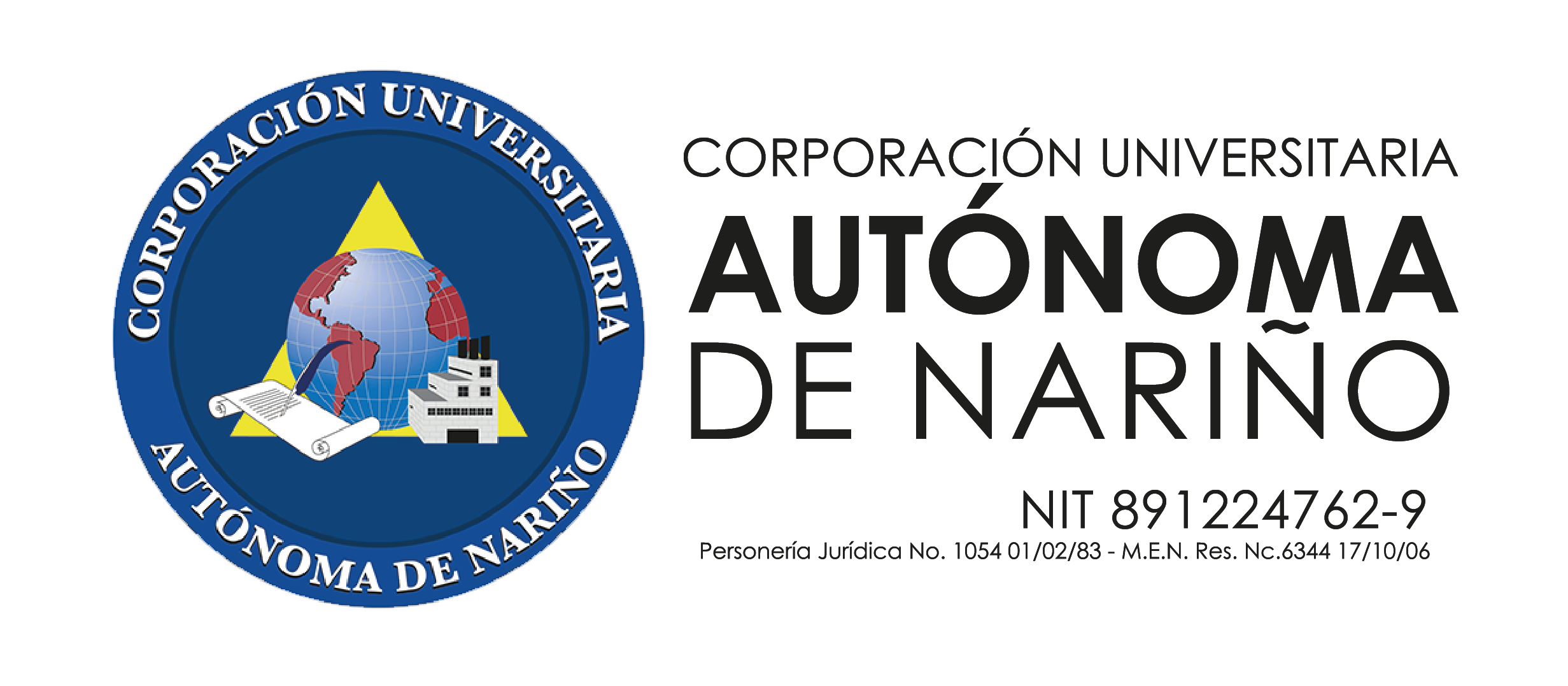Remittances to Mexico. Macroeconomic and microeconomic uses
DOI:
https://doi.org/10.47666/summa.5.1.2Palabras clave:
cuenta corriente, migración, remesasResumen
This article discusses the macroeconomic and microeconomic characteristics of Mexican remittances from 2003 to the present day. To study the macroeconomic relevance of remittances, we use the Bank of Mexico (Banxico) balance of payments from a heterodox viewpoint, and to study microeconomic relevance, we rely on the survey of international migration at the north border (EMIF Norte) regarding the flow of inland migrants coming from the United States (Procedentes de Estados Unidos-Terrestres, PEUAT). Macroeconomically, remittances are a stable flow of foreign change. They have blocked the existence of an unsustainable current account deficit and prevented crises and exchange rate depreciations. Microeconomically, remittances are national purchasing power, and they serve to increase private consumption in very important areas such as food and clothing, and health care and to reflect demographic characteristics of the remittances’ senders, such as the type of migrant who sends remittances (resident or nonresident), the sex of the migrant, and the main factors that drive remittances sent by Mexican people who are residents on US soil. This article does not fully show interconnections between the macroeconomic and microeconomics uses of remittances, nor does it stress the discrepancy between the balance of payments and national surveys in accounting for familiar remittances. Rather, we underline that a combination of sources such as the national accounts and national surveys must be carried out to understand the effects of remittances from macroeconomic and microeconomic viewpoints.
Descargas
Citas
Ambrosius, C. (2011). Remittances and Financial Sector Development. Lesson for the Salvadorean Case. Saving and development, 35(1), 1-27. https://doi.org/10.2307/savideve.35.1.1
Aspe Armella, P. (1993). El camino mexicano de la transformación económica. México: Fondo de Cultura Económica.
Brown, R., Fransen, S., Carling, J., & Siegel, M. (2014). Measuring Remittances Through Surveys: Methodological and Conceptual Issues for Survey Designers and Data Analysts. Demographic Research 31(41), 1243-1274. https://doi.org/10.4054/DemRes.2014.31.41
Banco de México, Banxico (2021). Indicadores económicos y financieros. Balanza de Pagos. www.banxico.org.mx.
Bureau of Economic Analysis, BEA (2021a). What are remittances, how big are they, and why might BEA's estimate differ from estimates released by other organizations? https://www.bea.gov/help/faq/481
Bureau of Economic Analysis, BEA (2021b). International Transactions, Expanded Detail by Area and Country. https://apps.bea.gov/itable/itable.cfm?reqid=62&step=1
Canales, A. (2008). Las cifras sobre remesas en México ¿Son creíbles? Migraciones Internacionales, 4(4), 5-35. https://doi.org/10.17428/rmi.v4i15.1141
Cárdenas, E. (2015). El largo curso de la economía mexicano. México: Fondo de Cultura Económica.
Comisión Económica para América Latina y el Caribe, CEPAL (2019a). Panorama social de América Latina. Chile: CEPAL.
Comisión Económica para América Latina, CEPAL. (2019b). Plan de Desarrollo Integral: El Salvador, Guatemala, Honduras y México 2019. https://www.gob. mx/cms/uploads/attachment/file/462720/34
Comisión Económica para América Latina y el Caribe, CEPAL (2020). Anuario estadístico de América Latina. Chile: CEPAL.
Consejo Nacional de Población, CONAPO (2019). Migración y Salud. México: CONAPO.
CONAPO, STPS, UPM, SRE, SEDESOL, CONAPRED and EL COLEF (Several years). Encuesta sobre Migración en la Frontera Norte (EMIF norte). CONAPO, STPS, UPM, SRE, SEDESOL, CONAPRED and EL COLEF. En https://www.colef.mx/emif/
Demirguc-Kunt, A., Lopez Cordova, E., & Martinez Peria, M. (2009). Remittances and banking sector breadth and depth: evidence from Mexico. Policy Research Working Paper Series, 4983, The World Bank.
Fuentes Flores, N., & González Andrade, S. (2012). Medición de las remesas familiares de los migrantes mexicanos en EUA, 1993-2007. Análisis económico, 27(65), 151-170.
Grasso, G., Malic, E., & Ziccarelli, L. (2017). El rol financiero del tipo de cambio en economías periféricas. En F. Médici (comps.), Discusiones sobre el tipo de cambio. El retorno de lo mismo. Argentina: Universidad Nacional de Moreno (221-250).
Guillén Romo, H. (1994). El Consenso de Washington en México. Investigación Económica, 54 (27), 29-44.
Hughs, H. (2011). Securitization of Worker Remittances. En D. Kohn (comps.), Mobilising Capital for Emerging Markets. What Can Structured Finance Contribute? United States: Springer (101-110).
Instituto Nacional de Estadística y Geografia, INEGI (2020). Censo de Población y Vivienda 2020. https://www.inegi.org.mx/programas/ccpv/2020/
International Monetary Fund, IMF (2009). Balance of Payments and International Investment position Manual. United States: International Monetary Fund.
Isidro Luna, V. (2017). Déficit comercial como determinante de la tasa de interés y de los movimientos de capitales en México de 1950 a 2014. Un enfoque heterodoxo. Revista de Economía Crítica, 24, 7-19.
López Vega, R., e Isidro Luna, V. (2020). Economía, población, migración y remesas en años recientes en los países del Norte de Centroamérica. En CONAPO (comps.), La situación demográfica. México: CONAPO (259-279).
Lozano, A. (2004). Tendencias recientes de las remesas de los migrantes mexicanos en Estados Unidos, CCIS-San diego. Working Paper 99. https://ccis.ucsd.edu/_files/wp99.pdf
Martínez-Hernandez, F. (2017). The Political Economy of Real Exchange Behavior: Theory and Empirical Evidence for Developed and Developing Countries, 1960-2010. Review of Political Economy, 29(4), 566-596. https://doi.org/10.1080/09538259.2017.1382060
Martínez, P. (2010). What Do We Know About the Impact of Remittances on Financial Development? https://blogs.worldbank.org/allaboutfinance/what-do-we-know-about-the-impact-of-remittances-on-financial-development
Meyer, D. & Shera, A. (2015). Remittances' impact on the labor supply and on the deficit of current account. BERG Working Paper Series, 97. http://hdl.handle.net/10419/107124
Quijano, J. (1981). México: Estado y Banca Privada. México: Centro de Investigación y Docencia Económica
Ratha, D. (2003). Workers’ remittances: An Important and Stable Source of External Development Finance. En World Bank (comps.), Global Development Finance. Unites States: World Bank.
FitchRatings (2022). Fitch Downgrades Nueva Elektra del Milenio’s Future Flow Program to ‘BB+’. https://www.fitchratings.com/research/structured-finance/fitch-downgrades-nueva-elektra-del-milenio-future-flow-program-to-bb-outlook-revised-to-stable-30-03-2021
Reynolds, C. (1977). Por qué el “desarrollo estabilizador” (Con algunas implicaciones para el futuro) de México fue en realidad desestabilizador. El Trimestre Económico, 44(4), 997-1023.
Sidaoui, J., Ramos-Francia, M. & Cuadra, G. (2011). The global financial crisis and policy response in Mexico. BIS Papers, 54. https://www.bis.org/publ/bppdf/bispap54q.pdf
Tuirán, R., Santibáñez, J., & Corona, R. (2006). El monto de las remesas familiares en México ¿Mito o realidad? Papeles de Población, 50(4), 47-169.
Valenzuela, F. (1986). El capitalismo mexicano de los ochenta. México: Ediciones Era.
Vernengo, M., & Pérez Caldentey, E. (2020). Modern Money Theory (MMT) in the Tropics: Functional Finance in Developing Countries. Challenge, 63(6), 332-348. https://doi.org/10.1080/05775132.2020.1747729
WorldBank (2021). World Development Indicators. https://databank.worldbank.org/source/world-development-indicators










.jpg)

.png)
.png)











